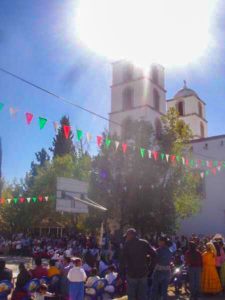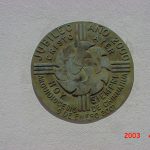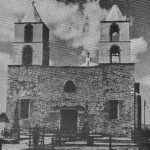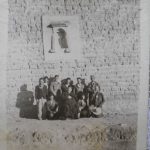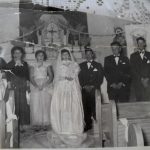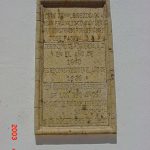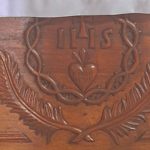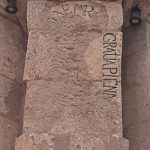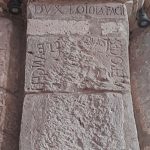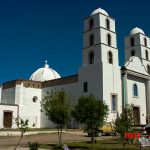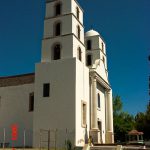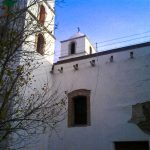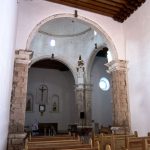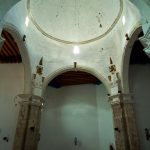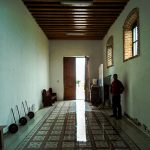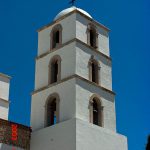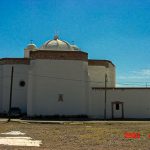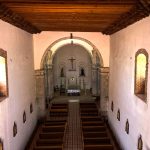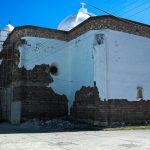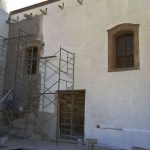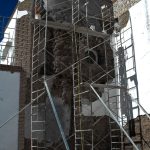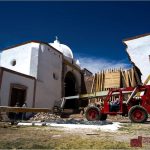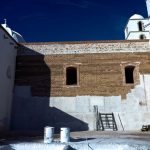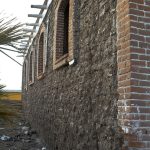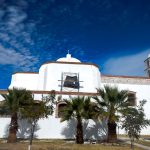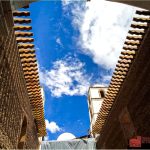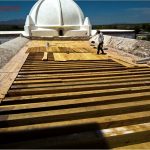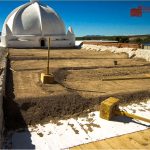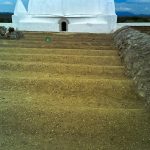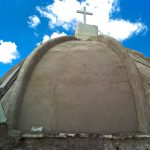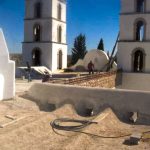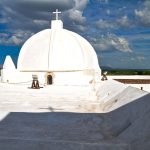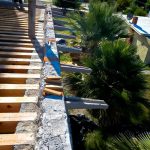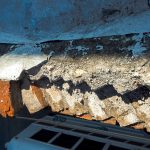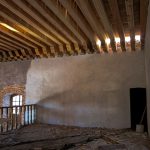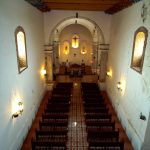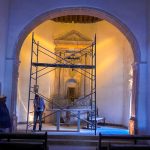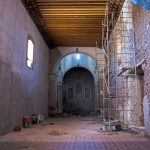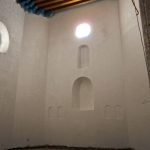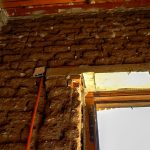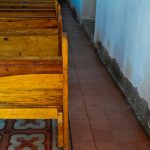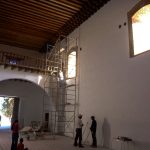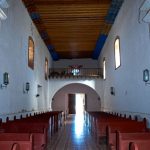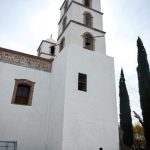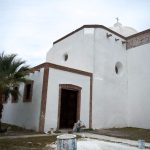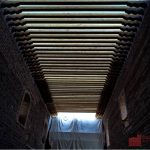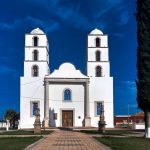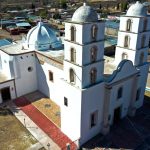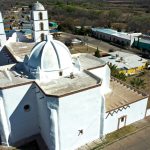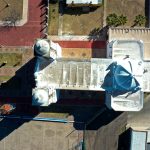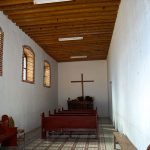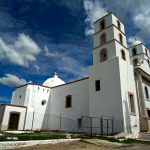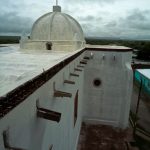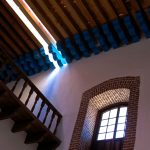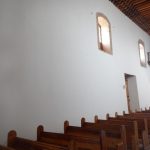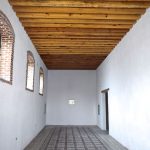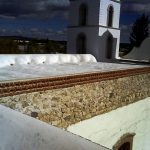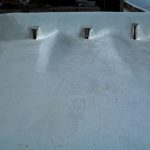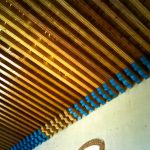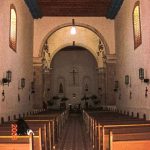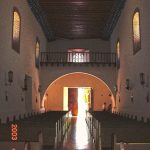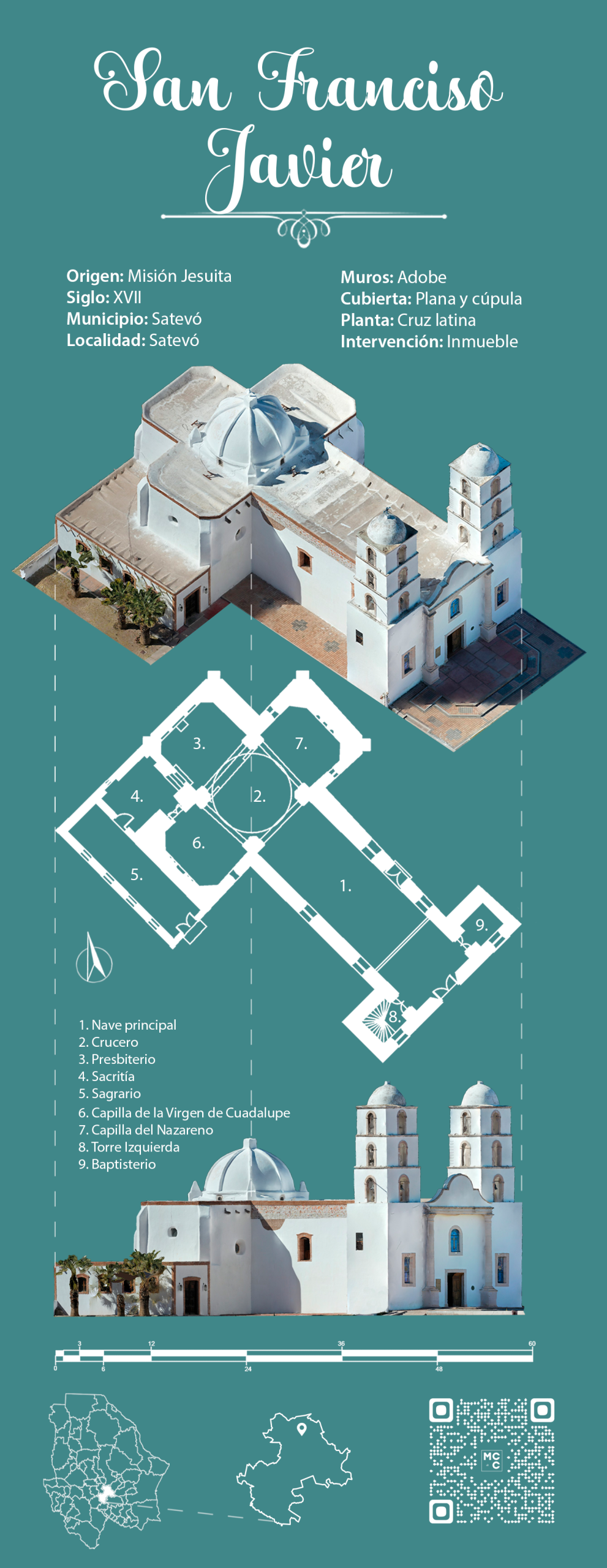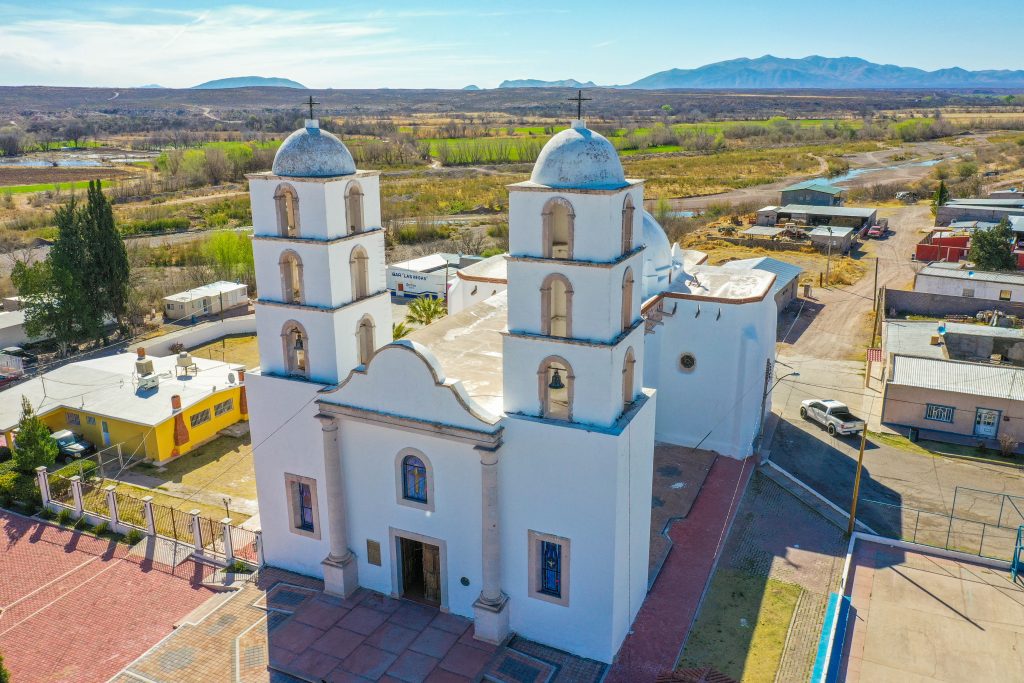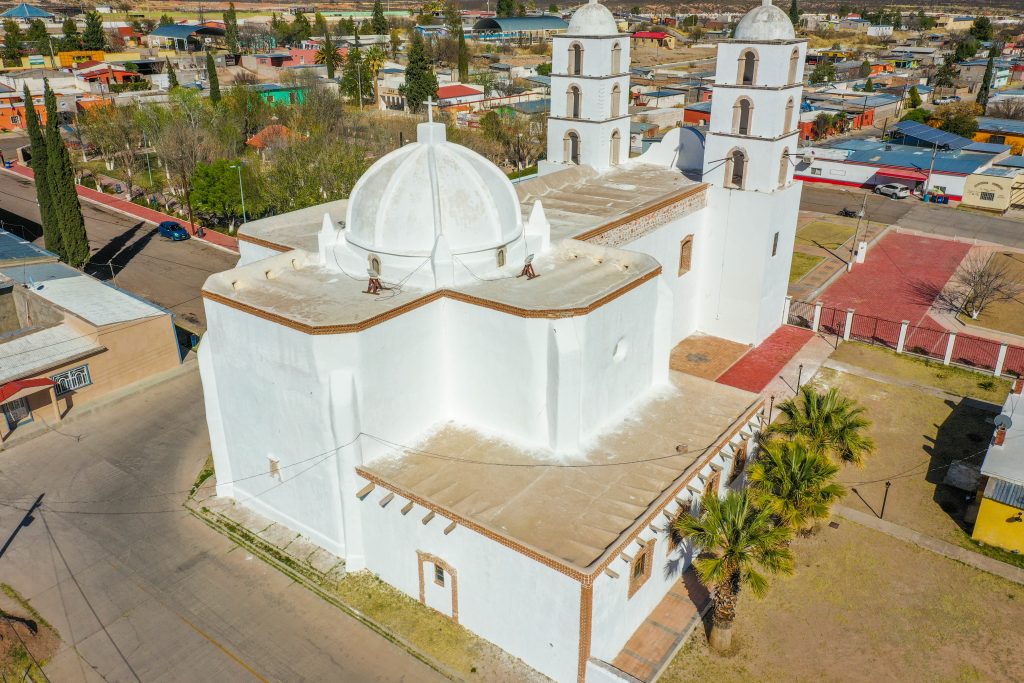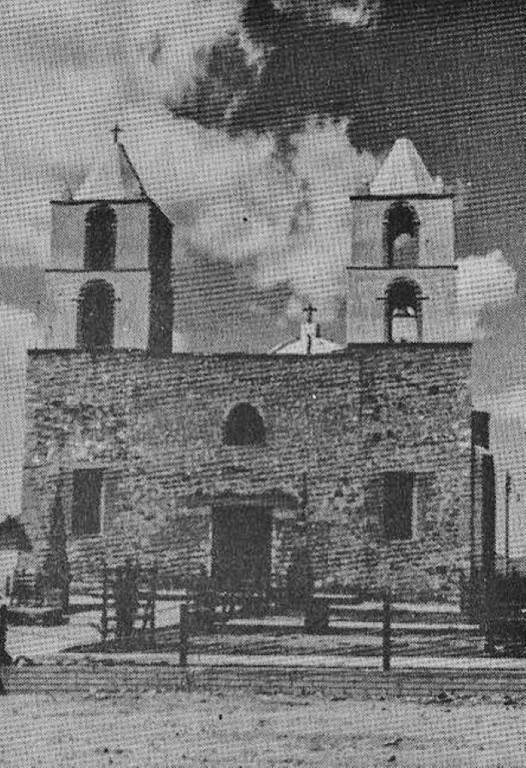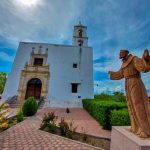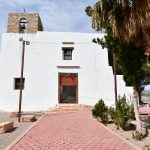San Francisco Javier – Satevó
San Francisco Javier
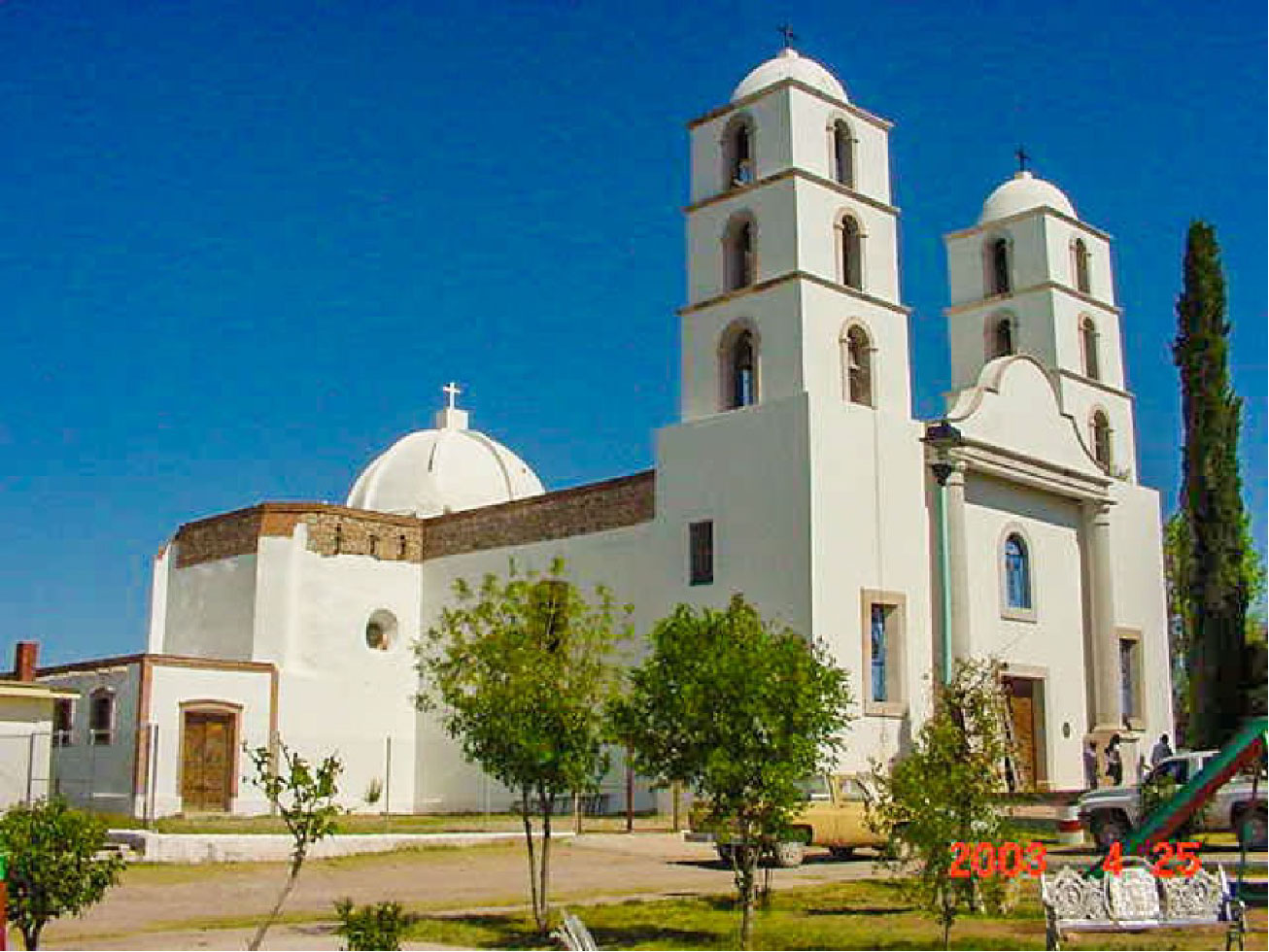
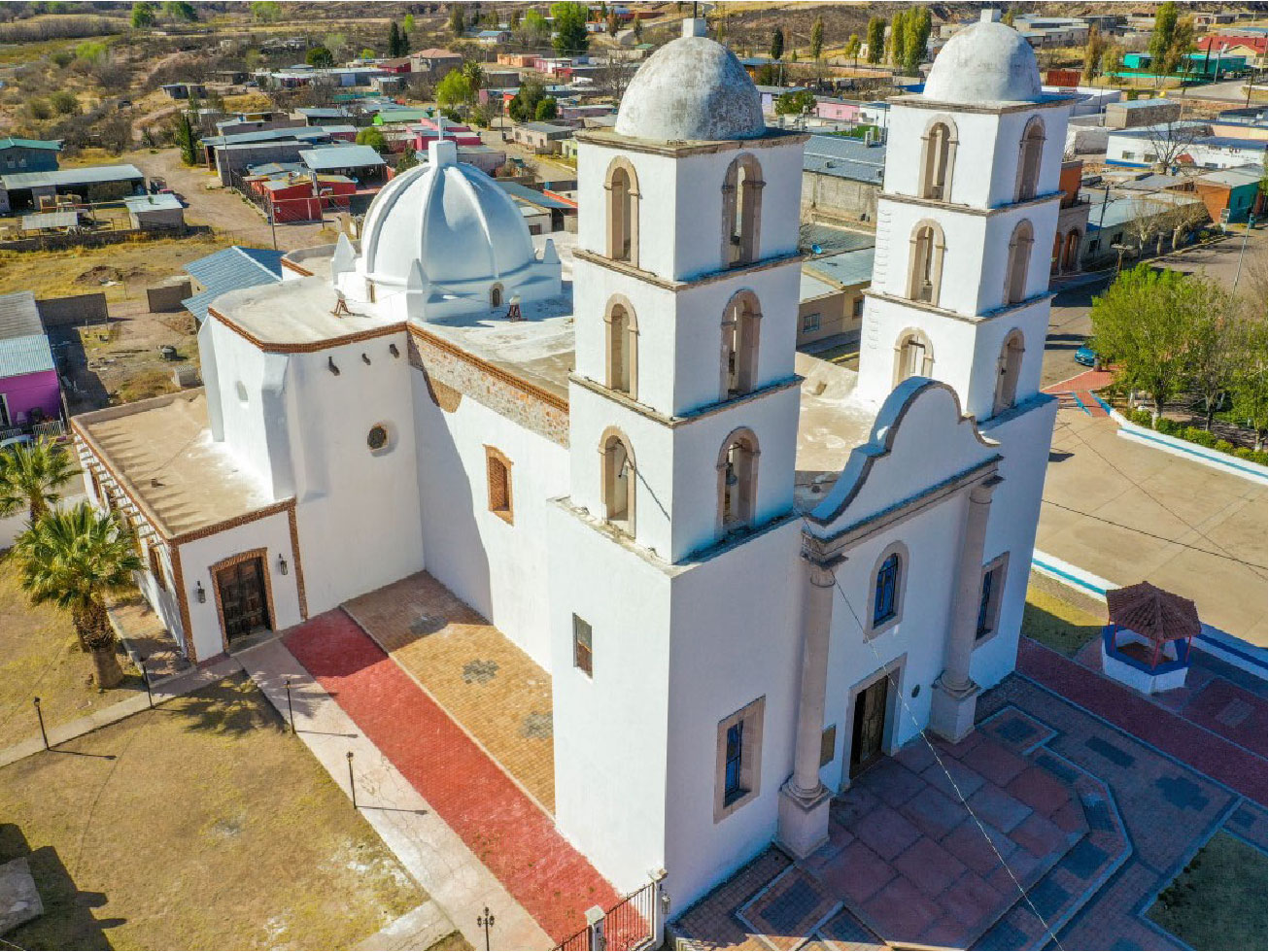
Satevó, in Tarahumara, means "sandy place" or "upon the sand", and it would seem that this mission was erected under circumstances as fragile as sand, as it was repeatedly burned and destroyed, only to be rebuilt again. Even during the Mexican Revolution, the guerrilla fighter Francisco Villa set it on fire, but like the Phoenix, Satevó rose from its ashes.
In 1639, after the founding of San Felipe on the Conchos, Fathers Jerónimo Figueroa and José Pascual followed the instructions given to them by Father Juan de Heredia, since he had accompanied Captain Barraza in the pacification of the Tarahumaras.
Thus, given the dense indigenous population along the banks of the rivers flowing into the San Pedro, together with the proximity of the missions already established by the Franciscans in the surrounding area, they decided to found a mission that, in a way, would serve as a boundary to the field of evangelization entrusted to the Jesuits, specifically among the Tarahumara nation.
The dedication of the temple took place on June 2nd, and during the solemn mass Father José Pascual preached in the Tarahumara language. The celebration ended with festivities: "among the Indians they chased roosters, skirmished, and raced horses", concluding with their dances, and later, with the burning of the temple.
In 1665, an attempt was made to restore the missions. Father Figueroa writes in a letter: “Rumors spread that the Indians intended to kill the father, who, trying to secure his safety, upon leaving saw Father Sarmiento, some of them, and was so moved at the sight that his eyes became fountains of tears, all sighs, all sobs; thus, although he left, he returned to the district”. In reality, due to the panic caused by the depredations of the Toboso Indians very close to Satevó, he fled the mission, although he later regretted it and returned.
Márquez, Zacarías: Misiones de Chihuahua, siglos XVII y XVIII.
In the last century, the temple has significantly changed from its original form. The temple was burned during the Revolution, in the early 20th century, and only the walls were preserved. In 1947, the temple was rebuilt, including the current roof, the concrete floor finished with cement-based tiles, and the wooden windows and doors. The interior and exterior walls were plastered for the first time at this time, and stone sculptures were removed from the stone columns, although the Latin inscription is still legible.
The constant efforts of the community and the different government bodies have been insufficient given the scale and importance of the monument. Changes in administration and budget cuts have caused these resources to flow slowly and to a lesser extent.
Contributing to the rehabilitation of the building by consolidating the structural and architectural elements that identify it as a historic monument will ensure its preservation and appreciation by our generation and those to come. During its execution, elements of identity were recovered, raising community awareness of the preservation and respect for the artistic heritage, as well as the historical and cultural significance of the temple. Training local labor in traditional trades will foster professionalization, providing opportunities for better economic remuneration for their work and a more sustainable use of their natural resources.
INVERSION 2,101,000.00 MXN
PHASE I
- (SECTUR 2008)
- (FOREMOBA 2009, 2010, 2014)
- (STATE GOVERNMENT 2019)
- MISIONES COLONIALES DE CHIHUAHUA A.C
Thanks to the participation of CONACULTA, through the FOREMOBA program, in 2008 it was possible to carry out the first stage of the restoration work, which consisted of recovering the plaster on the dome and the replacement of earthen roofs in the presbytery and the side chapels of the transept.
On-site contact:
Pbro. Jorge Rubio
(614) 235 5140